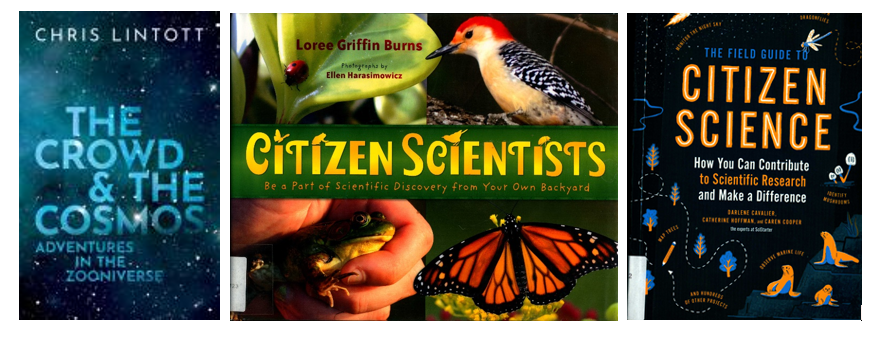
It used to be that many scientists did not want help from non-scientists. They thought that a typical person/citizen did not have the skills, knowledge, or training to make a meaningful contribution to their discipline. Wrong! This was a common attitude even though history is littered with self-taught or non-professional people who did make important scientific contributions. The hundred plus years of data from the Christmas Bird Counts would never have been possible only relying upon scientists.
Fortunately, few scientists now need convincing that there is an important role for ordinary citizens (people) to play in helping to further scientific knowledge. We have the rise of digital data to thank for this appreciation of citizens’ contributions. One of the early digital efforts was the Galaxy Zoo, which used volunteers to classify galaxies. With thousands of images to classify the help of volunteers was essential. The human brain and eyes are tremendously talented at pattern recognition – better than computers. Once enough results are obtained from human efforts then that data can be used to train computers. This story is told in the book: The Crowd & the Cosmos: Adventures in the Zooniverse by Chris Lintott.
We have two other citizens science books in our catalog. The Field Guide to Citizen Science: How You Can Contribute to Scientific Research and Make a Difference by Darlene Cavalier is a great introduction and resource. The book highlights several projects explaining the location, materials needed (if any) the website, goals, outcomes, and a section labeled “why we like this.” One of the advantages of digital citizen science is that you can do it when it suits you and can pick projects where the time contribution matches your level of availability. The other book: Citizen Scientists: Be a Part of Scientific Discovery from Your Own Backyard by Loree Griffin Burns is geared more towards children (and parents) providing examples of projects that kids have participated in.
April is Citizen Science Month, and a perfect time to get started. This is easy to do because of the website www.SciStarter.org which organizes thousands of projects within their portal. This may sound overwhelming, but it is well organized. They feature several projects on their home page, to give you an idea what kind of things are available. You are asked to create an account; this helps you keep track of your activities. Once you log on then you can use the search box. The Project Finder uses several parameters to help you refine your search. If needed, tutorials are included to explain the protocols. Some projects, such as FoldIt have been crafted into game-like activities. Projects vary wildly but many are trying to make information accessible and digital. The Smithsonian has thousands of hand-written records that they need transcribed so they can become searchable. These could include ship logs, plant tags or letters. Whatever your interests there is a citizen science project waiting for you!

